Advertisement
You won’t find waiters, chefs, or even a printed menu at this new spot in California. Instead, every part of the dining experience—ordering, cooking, serving, and cleaning—is handled by artificial intelligence. It’s not a gimmick or a test lab. This is the world’s first fully AI-powered restaurant, built to serve real meals to real people every day.
Curious locals and tech enthusiasts are lining up not just to eat but to witness how machines are quietly reshaping an everyday ritual. It feels unusual at first, but within minutes, the process feels smooth—maybe even more efficient than the traditional setup.
Guests enter and interact with a screen or voice system rather than a host. Orders are taken by conversational AI, which understands regular speech and can suggest items based on dietary needs or past visits. There is no printed menu or app download available. If you've been there before, it remembers your usual order or preferred ingredients.
Once placed, the order is sent to an automated kitchen. Machines chop, stir, grill, and plate the dishes using robotic arms and smart appliances. These systems follow digital recipes and make real-time adjustments. AI monitors every part of the process—temperature, timing, texture—and modifies the method when needed. The result is consistency across each order.
When ready, a robot delivers the food to your table or a pickup point. Sensors track progress, ensuring the food reaches the right person without delay. Automated runners and cleaning drones replace servers to manage the traffic. The cleanup system has sensors that identify used trays and surfaces and send signals to robotic cleaners assigned for sanitation.
Payment is just as seamless. Guests can check out with a phone, a face scan, or by voice. Loyalty profiles, allergies, and meal histories are stored safely and used to personalize future visits.
The restaurant's core is powered by integrated AI and robotics. Natural language processing powers the customer interaction system, while computer vision and sensors handle kitchen operations. Machine learning helps improve both speed and food quality over time.
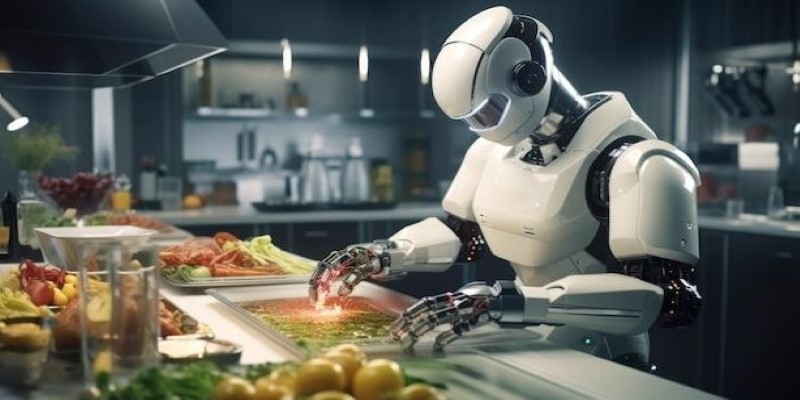
In the kitchen, robotic arms perform tasks like slicing vegetables, flipping pancakes, or pouring sauces. But they’re not just automated—they're responsive. If a steak is slightly underdone, the system notices and corrects it and remembers the fix. With each order, it learns from feedback and makes tiny improvements.
Food inventory is tracked down to individual ingredients. Smart systems monitor usage and spoilage, ensuring that orders match demand. This reduces waste and improves shelf management. Inventory data feeds into the restaurant’s purchasing system, creating accurate restocking plans.
Cleaning and maintenance are also automated. Cameras and sensors monitor floor traffic and surface conditions. Robotic cleaners are dispatched based on real-time needs rather than fixed schedules. Hygiene logs are digital, time-stamped, and available for inspection.
The system is designed for adaptability. If a machine malfunctions, AI reroutes tasks to a backup station. Updates happen wirelessly, so the operation keeps improving without downtime. From lighting to air systems, every part of the restaurant is optimized for efficiency.
There’s no ignoring the question: What about jobs? This restaurant employs fewer people, but not none. Technicians, AI engineers, maintenance crews, and safety inspectors are all part of the team. Some staff help guests navigate the system, especially first-timers or those with accessibility needs.
As for food quality, early feedback has been positive. The meals are consistent, portions precise, and preparation reliable. The AI-controlled kitchen doesn't forget steps or misread tickets. Every plate is identical to the last unless requested otherwise. Since the system tracks feedback, it can adjust seasoning, cooking times, or presentation for future visits.
For guests, the experience feels smooth and fast. No awkward service, no waiting for checks, no missed customizations. People with allergies or special diets benefit from the system’s accuracy and recall. And because the AI can suggest dishes based on individual history, there’s a personal touch without needing a server.
Still, it’s not for everyone. Some miss the conversation or human warmth of a traditional meal out. But many are curious about the tech and enjoy the novelty. Watching a machine fold a burrito or drizzle sauce in perfect lines is part of the attraction. It's part meal, part show.
The model seems especially appealing in busy areas—places where speed, precision, and reduced human error are top priorities. For solo diners or tech-savvy guests, it offers something fresh without added complexity.
This California location is the first fully AI-powered restaurant in the world, but others may follow. Rising labor costs, staff shortages, and the push for faster service are forcing restaurants to rethink operations. Many already use basic automation like kiosks and online ordering. This one takes it further.
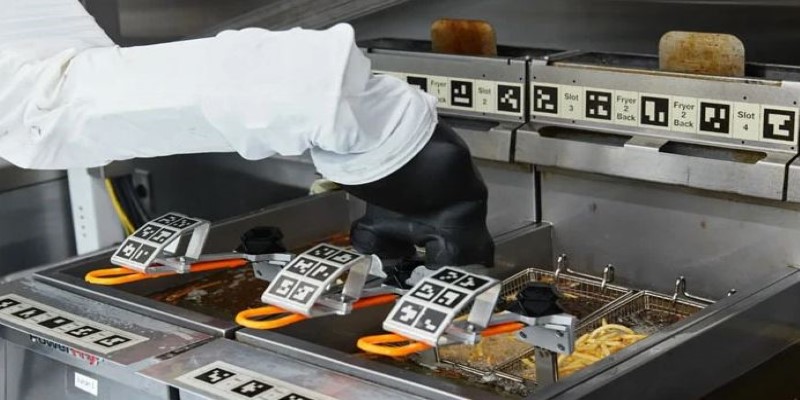
If it proves sustainable, parts of the model could spread to airports, malls, hospitals, or anywhere needing consistent service. Smaller spots might use robotic grills or smart inventory systems. Larger chains could automate kitchens while keeping front-of-house staff. AI in food service doesn’t mean removing people—it can work with them.
There’s also the sustainability angle. By cutting waste, energy use, and over-ordering, the system can reduce food service’s environmental footprint. Real-time data helps restaurants meet demand, update menus, and manage supplies efficiently.
Still, not every place will go fully automated. Fine dining, cultural cuisine, and community-based spots rely on story and personal connection. But fast-casual and high-traffic areas are likely to adopt more AI in the years ahead.
This first restaurant may not suit everyone, but it shows what's possible. It proves AI can take on something as complex and human as running a restaurant—and do it well.
The world’s first AI-powered restaurant doesn’t just serve meals—it offers a glimpse into what tomorrow’s dining could look like. With robotics and AI running the show, it strips away delays, errors, and overhead while delivering a fast, consistent product. Some people will love the efficiency. Others will miss the human touch. Either way, the concept is working now, not later. It’s open, it’s real, and it’s already changing how people think about eating out. The future of food service may look less like a traditional kitchen—and more like this.
Advertisement
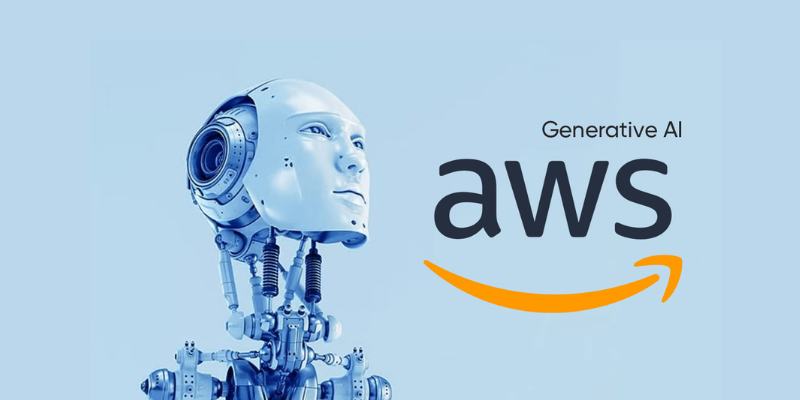
AWS' generative AI platform combines scalability, integration, and security to solve business challenges across industries

How using Xet on the Hub simplifies code and data collaboration. Learn how this tool improves workflows with reliable data versioning and shared access
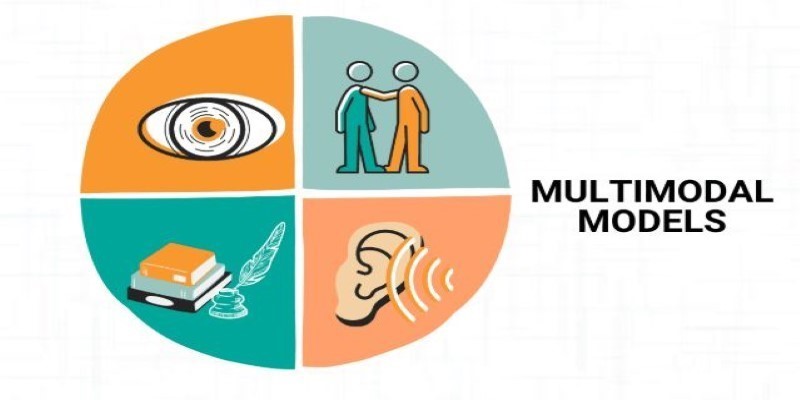
Multimodal models combine text, images, and audio into a shared representation, enabling AI to understand complex tasks like image captioning and alignment with more accuracy and flexibility

Think Bash loops are hard? Learn how the simple for loop can help you rename files, monitor servers, or automate routine tasks—all without complex scripting
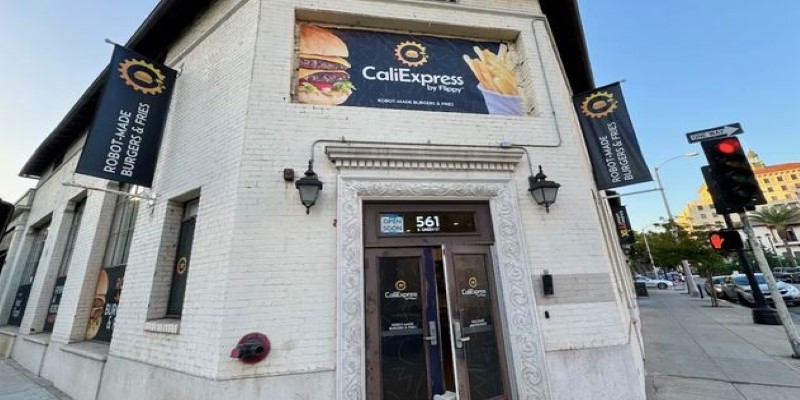
How the world’s first AI-powered restaurant in California is changing how meals are ordered, cooked, and served—with robotics, automation, and zero human error

What is Auto-GPT and how is it different from ChatGPT? Learn how Auto-GPT works, what sets it apart, and why it matters for the future of AI automation

Ready to run powerful AI models locally while ensuring safety and transparency? Discover Gemma 2 2B’s efficient architecture, ShieldGemma’s moderation capabilities, and Gemma Scope’s interpretability tools

Microsoft’s new AI model Muse revolutionizes video game creation by generating gameplay and visuals, empowering developers like never before

Getting the ChatGPT error in body stream message? Learn what causes it and how to fix it with 7 practical ChatGPT troubleshooting methods that actually work
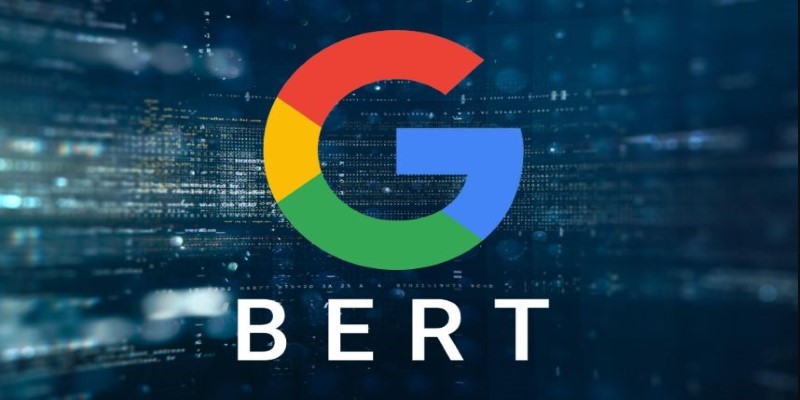
Discover the next generation of language models that now serve as a true replacement for BERT. Learn how transformer-based alternatives like T5, DeBERTa, and GPT-3 are changing the future of natural language processing

Learn the regulatory impact of Google and Meta antitrust lawsuits and what it means for the future of tech and innovation.

Learn how to run privacy-preserving inferences using Hugging Face Endpoints to protect sensitive data while still leveraging powerful AI models for real-world applications